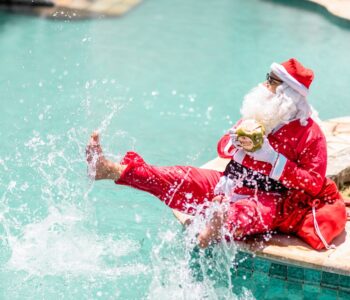No, we’re not talking about the secret headquarters of a superhero here. This is Pura Goa Lawah, an ancient cave temple built in the 11th century.
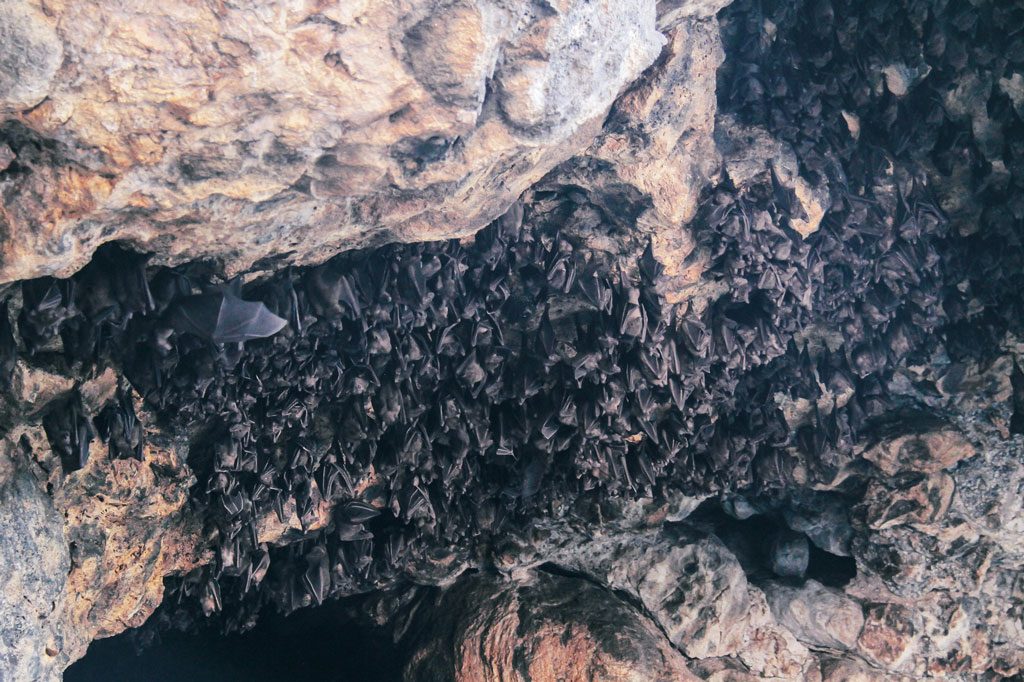
Pura Goa Lawah, one of the most picturesque temples in Bali, was built by Dang Hyang Nirartha, a Hindu priest from ancient Javanese times who also built many other important temples on the island during his pilgrimage. The cave temple, featuring worshipping shrines built around a cave opening, is home to thousands of bats and, if the local legend is true, a giant king snake wearing a crown.
The Siddhimantra Tatwa holy scripture states that the giant snake, a holy dragon named Basukiis the dweller of the cave at Goa Lawah, disguising himself behind the thousands of bats that cling to the ceiling and walls of the natural chasm. The king dragon only leaves when he bathes in the ocean just across the cave and when he travels to the holy mother temple of Pura Besakih on the foot of Mount Agung through the tunnel inside the cave.
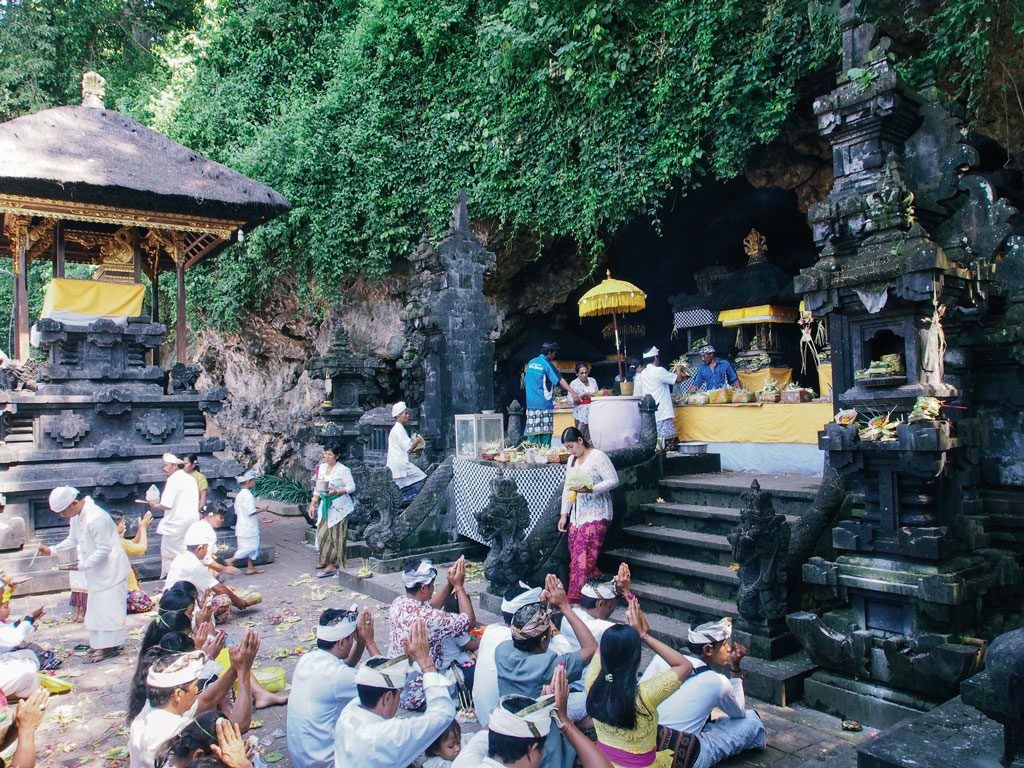
The locals and the temple guardians believe that the tunnels inside the cave lead to Mount Agung (Besakih), and two other areas namely Talibeng and Tangkid Bangbang.
In addition to the holy scripture, the belief is based on various accounts such as the emergence of ash from the cave when Mount Agung erupted in 1963. It’s also told that in the old days, a Mengwi prince used the cave as a hideout. He was once chased by his enemies; he went inside the cave and in due course followed through, eventually emerging at Besakih Temple on the foot of Mount Agung. No one has attempted to prove or bring light to this interesting tale.
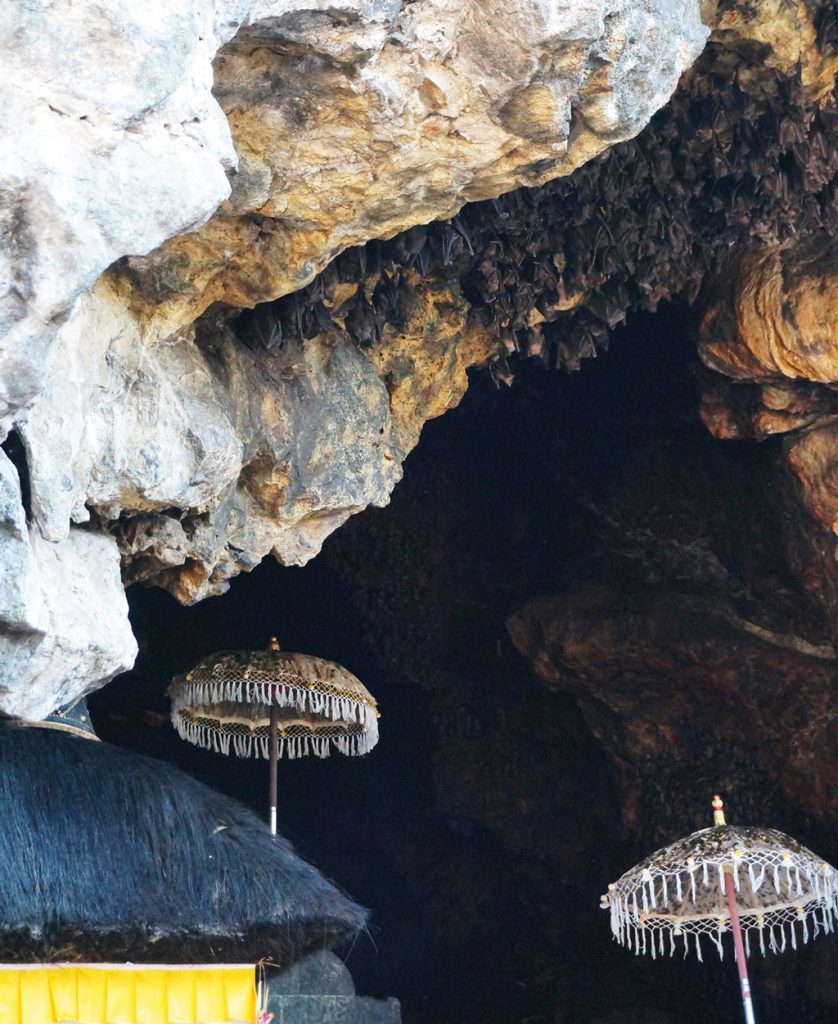
Today, Pura Goa Lawah is still looked after and provided with prayer on a daily basis. Being one of the Kayangan Jagat temples, meaning one of the most sacred/important temples in B
ali, Pura Goa Lawah is frequented by the Hindu pilgrims from across the island especially during auspicious days on the Balinese calendar.
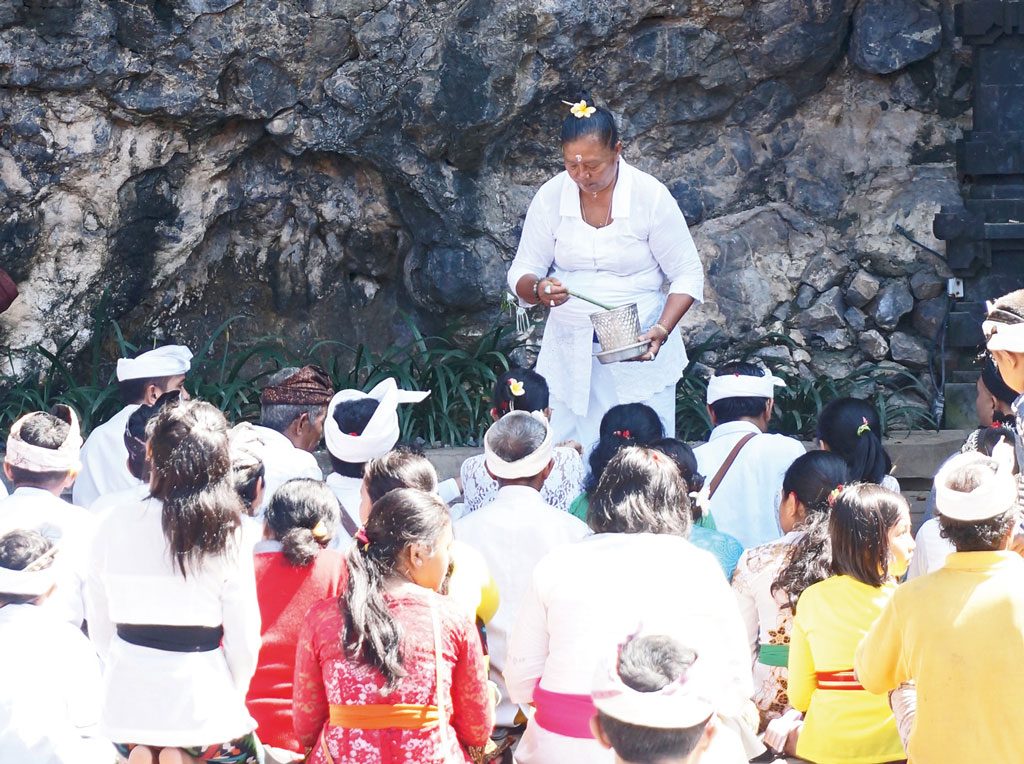
Nestled in an area that borders the sea and the mountain surrounded by the natural surroundings of East Bali, Goa Lawah is one the most visited attractions on the island. And so with its constant flow of pilgrims and visitors, the temple is well-managed and maintained. The temple has undergone a series of renovations around its walls and gates in the outer perimeters over the years.
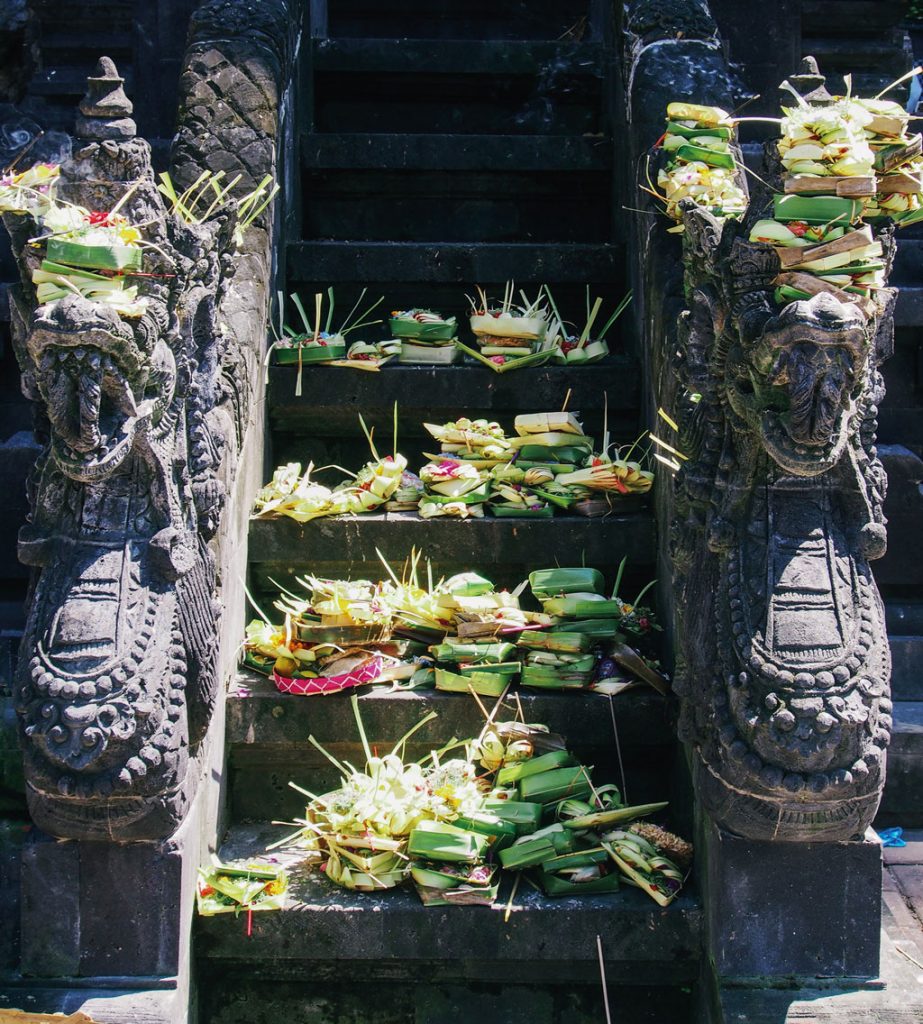
Pura Goa Lawah is located in the Pesinggahan village, bordering the Klungkung and Karangasem regencies. This landmark is one of the first stops on tours to Candidasa and further eastern regions within the Karangasem regency.
The best time to visit is in the mornings when most of the locals living in the nearby villages come for their daily prayers. However, afternoons are also pleasant, as the large trees provide a balance of shade to cool the sultry southern beach breezes from across the road.







